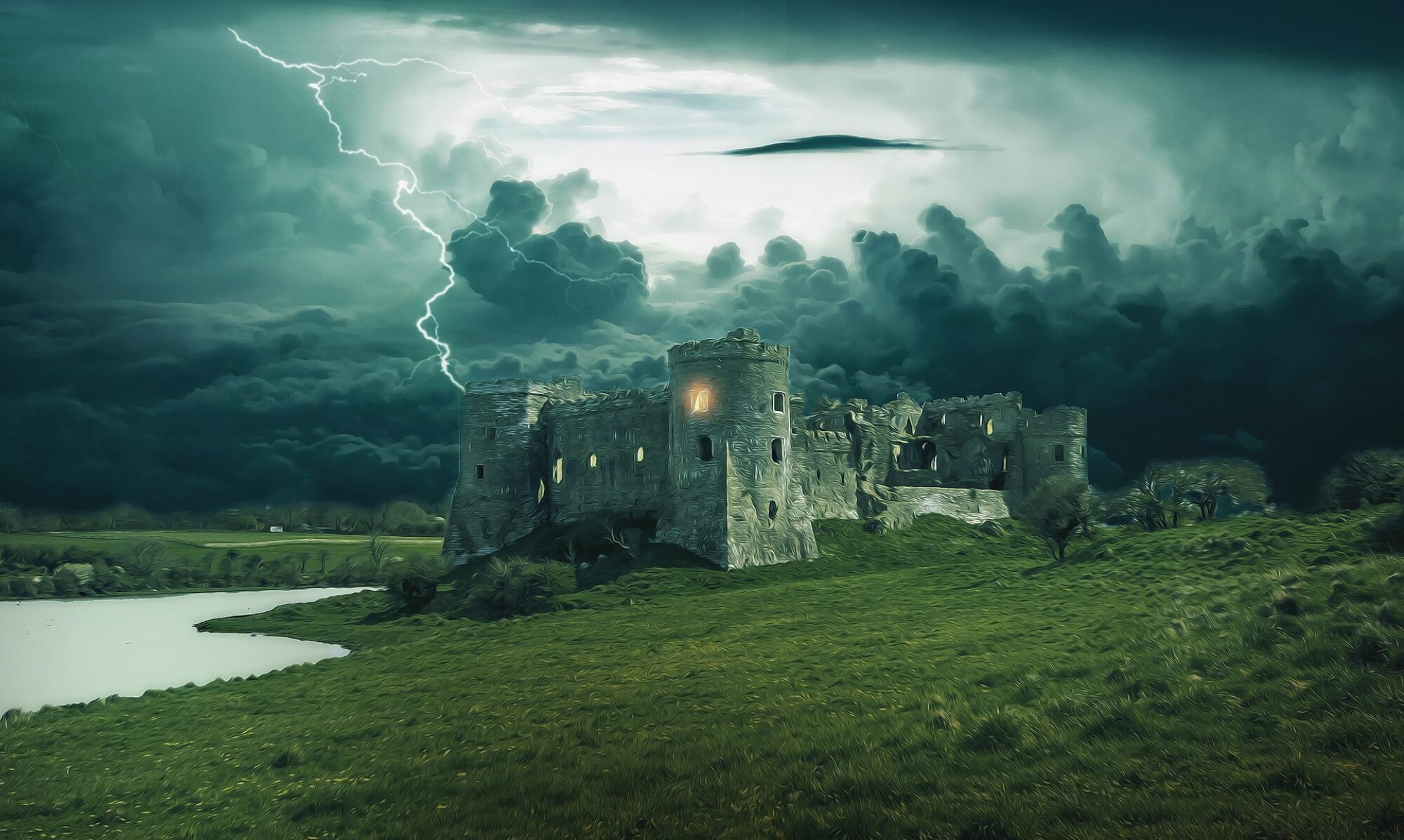Who is Tulkas in The Silmarillion? What is the symbolism behind this myth?
C.S. Lewis once defined a good myth like this:
The narrative is more of a net whereby we catch something else.
The story itself may be quite ordinary – a sculptor carved a lady out of a block of stone, and it became alive (Pygmalion and Galatea).
Persephone was kidnapped by Hades, and her mother Demeter prevented all plants from growing until Hades was commanded to let her go for some months out of the year.
There’s nothing extraordinary in the story itself. Yet, we feel there’s something behind it.
Elizabeth Browning put it like this:
Earth’s crammed with heaven, and every common bush afire with God,
But only he who sees takes off his shoes; the rest sit round and pluck blackberries.
It’s how we choose to look at the common bushes that determines whether we see them burning.
According to G.K. Chesterton, such is the function of our imagination:
The function of the imagination is not to make strange things settled, so much as to make settled things strange.
And such is the function of mythopoetry – a genre that allows us to look at ordinary things through the eyes of Faerie and discover a world of extraordinary meanings behind them.
The key to entering Faerie is inside each and every one.
In Owen Barfield’s philosophy, this change of lens happens when a person allows their state of consciousness to be shifted by a line of poetry. And then they follow the call ringing through “this verse that lifts the curse” and enters the perilous realm of Faerie.
The cosmogonic myths of Tolkien’s The Silmarillion are of the same nature – they are an invitation to enter through the door of the external story and into the invisible realm behind the story, which is the land of Meaning.
One such myth is the myth of Tulkas the Valiant.
How did Tulkas beat Melkor?
Greatest in strength and deeds of prowess is Tulkas, who is surnamed Astaldo, the Valiant. He came last to Arda, to aid the Valar in the first battles with Melkor. He delights in wrestling and in contests of strength… he is tireless. His hair and beard are golden, and his flesh ruddy.
Who is Tulkas? Why did he come to Arda last to aid the Valar in their battles with Melkor? And most importantly, why was Melkor so afraid of him?
So came Tulkas the Strong, whose anger passes like a mighty wind, scattering cloud and darkness before it; and Melkor fled before his wrath and his laughter, and forsook Arda, and there was peace for a long age.
Of all the Valar, Melkor hated Tulkas the most.
There’s a spiritual and mythical significance to this. Tulkas is hated with bitter hatred because he represents the laughter of Iluvatar in the Great Music.
Continue reading “Who is Tulkas? The “Expecto Patronum” of Tolkien’s Universe to Fight Off the “Darkness of Unlight””
